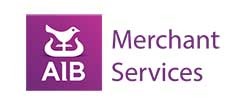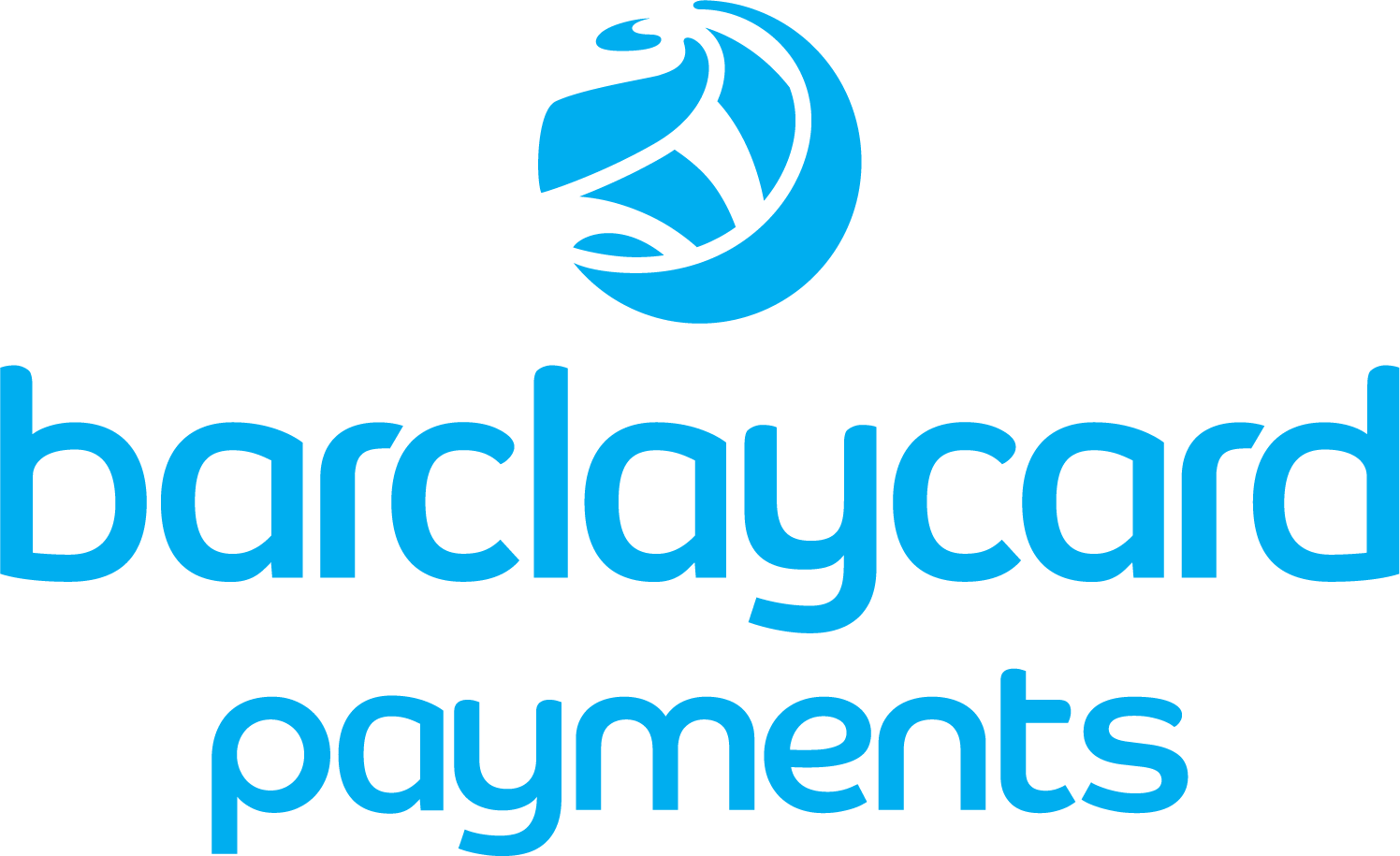Compare Card Payment providers the Easy way
- Direct access to the best rates from the UK leading providers
- One enquiry – all the information you need
- Avoid Lead Generation websites
- We don’t sell your data to anyone
- Rates from 0.26%
- Minimise your card payment processing fees





We're rated Excellent on
The Essential Guide to Payment Processing Flow: Steps and Benefits
In today’s fast-paced digital economy, businesses must offer seamless and secure payment processing to meet customer expectations. Whether you run an e-commerce store, a brick-and-mortar shop, or a subscription-based service, understanding the payment processing flow is crucial for smooth financial transactions.
This guide breaks down how payment processing works, the key players involved, and the benefits of an efficient payment processing system.
What Is Payment Processing?
Payment processing refers to the sequence of steps required to transfer funds from a customer’s account to a merchant’s account when a purchase is made. This involves multiple parties, including:
-
The customer (payer)
-
The merchant (recipient)
-
The payment gateway
-
The payment processor
-
The acquiring bank (merchant’s bank)
-
The issuing bank (customer’s bank)
-
The card network (Visa, Mastercard, etc.)
A smooth payment processing flow ensures that transactions are completed quickly, securely, and with minimal errors.
How Does Payment Processing Work?
The payment processing flow consists of several key stages, from the moment a customer initiates a transaction until funds reach the business’s account.
1. Customer Initiates Payment
The process begins when a customer chooses a payment method—such as a credit or debit card, digital wallet, or alternative payment method—and enters their payment details at checkout (online or at a point of sale (POS)).
2. Payment Authorization Request
The payment gateway encrypts the customer’s payment information and sends it to the payment processor, which forwards it to the relevant card network (Visa, Mastercard, etc.).
The card network routes the request to the issuing bank, which:
-
Verifies the customer’s account status
-
Checks for sufficient funds
-
Assesses risk for fraudulent transactions
If approved, the issuing bank verifies the transaction and sends an approval back through the payment network.
3. Payment Processor Receives Authorization
Once the payment processor receives approval, it notifies the merchant, allowing the sale to proceed.
4. Settlement of Funds
At the end of the business day, the acquiring bank requests batch settlement from the card network, which then coordinates with the issuing bank to transfer funds.
The acquiring bank deposits the approved amount (minus transaction fees) into the merchant’s bank account, usually within 1-3 business days.
5. Transaction Records & Reconciliation
Both the merchant and customer receive transaction records, ensuring transparency. The payment processing software helps businesses track payment transactions and reconcile their accounts.
Key Players in the Payment Processing System
Understanding the parties involved in payment processing work helps businesses optimize their payment infrastructure.
1. Payment Gateway
A secure bridge between the merchant and payment processing services, encrypting payment data for safe transmission.
2. Payment Processor
A good payment processor facilitates communication between banks, ensuring smooth electronic payments. Some businesses use multiple payment processors for redundancy.
3. Acquiring Bank (Merchant’s Bank)
The financial institution that holds the merchant’s account and receives funds from the issuing bank.
4. Issuing Bank (Customer’s Bank)
The bank that provides the customer’s bank account or credit card, verifying and approving transactions.
5. Card Networks
Visa, Mastercard, and other networks act as intermediaries, routing payment information between banks.
Benefits of an Efficient Payment Processing System
A well-optimized payment processing flow offers numerous advantages:
1. Faster Transactions
Automated electronic payment methods reduce delays, improving cash flow for businesses.
2. Enhanced Security
Compliance with industry data security standards (such as PCI DSS) protects against fraudulent transactions.
3. Improved Customer Experience
Offering multiple payment options (credit cards, bank transfers, digital wallets) boosts customer satisfaction.
4. Global Reach
Businesses can accept payments from international customers by supporting various payment instruments.
5. Lower Transaction Costs
Competitive transaction fees and efficient credit card processing reduce overhead costs.
6. Better Financial Tracking
Automated payment processing software helps businesses manage financial transactions and generate reports.
Choosing the Right Payment Processing Services
When selecting among payment processing companies, consider:
✔ Supported Payment Methods (credit/debit cards, online payments, mobile wallets)
✔ Transaction Fees (compare rates across multiple parties)
✔ Security Compliance (adherence to card industry data security standards)
✔ Integration Options (compatibility with point-of-sale (POS) systems)
✔ Customer Support (responsive service for resolving issues)
Conclusion
Understanding the payment processing flow is essential for any business that wants to accept payments efficiently. From the moment a customer initiates a transaction to when funds reach the business’s bank account, each step involves coordination between financial institutions, payment gateways, and processors.
By optimizing your payment processing system, you can enhance customer experience, reduce risks, and streamline online transactions. Whether you’re handling online payments or in-store purchases, partnering with a good payment processor ensures smooth, secure, and cost-effective payment transactions.
Investing in the right payment infrastructure today will help your business thrive in the ever-evolving payments industry.
